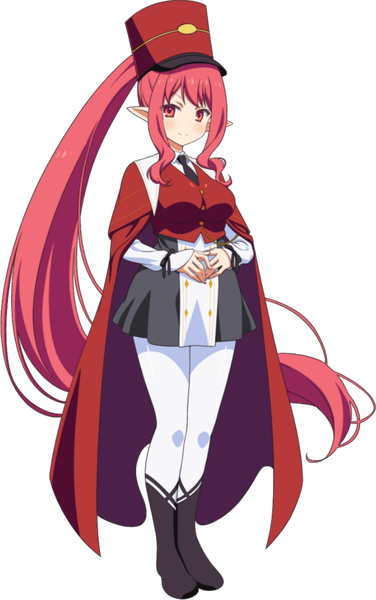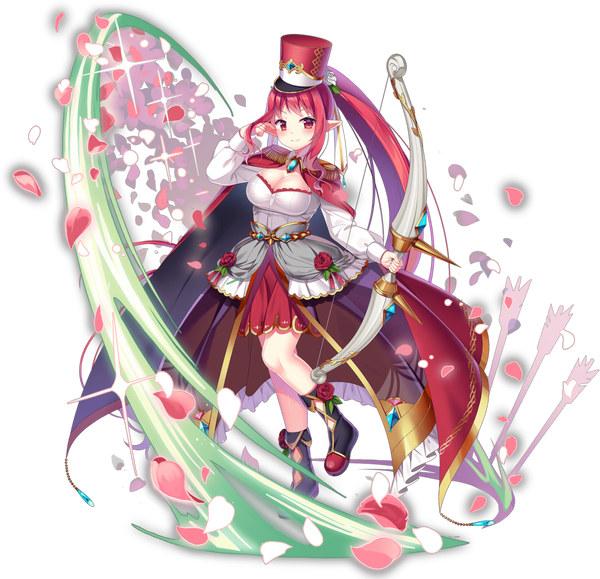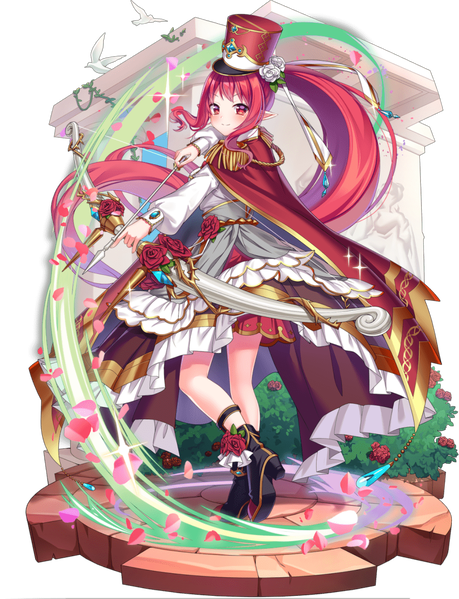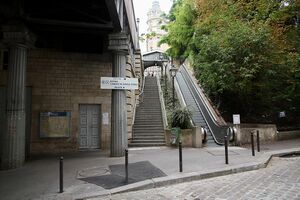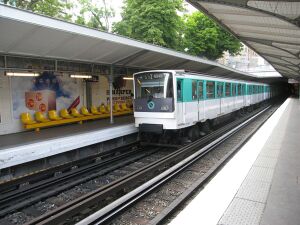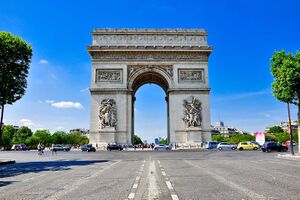Passy
| Passy | |||||
|---|---|---|---|---|---|
| Japanese Name | パッスィ | ||||
| Weapon | |||||
| Race | Elf | ||||
| Nationality | |||||
| Birthday | October 2 | ||||
| Constellation | Libra | ||||
| Talents | Finding the best 'aspects' of artwork, etc. | ||||
| Likes | Everything beautiful and dainty | ||||
| Dislikes | Unsightly things | ||||
| Strengths | Able to accept and love everything | ||||
| Weaknesses | Too accepting and easily fooled | ||||
| Hobbies | Shopping, Appreciating art | ||||
In my home country of Verforet, I run brand-name shops of all kinds. I am also a patron of artists, and I also love beautiful things♪
Layers
| Icon | Title | Release Date | Where to Obtain |
|---|---|---|---|
| [Gorgeous and Beautiful] Passy | 2021 October 14 (EN) | [Ancient Lake Cool Knight] Pick Up Gacha, Premium Gacha | |
| [The One Who Loves Beauty] Passy | 2022 March 1 (EN) | [Lippia Giant Monster] Event Reward | |
| [Innocent Rose Maiden] Passy | 2022 April 30 | [Lost Ship at the Wilderness End] Pick Up Gacha, Premium Gacha | |
| [The City of Flowers Princess] Passy | 2022 March 1 (EN) | [Lippia Giant Monster] Pick Up Gacha, Premium Gacha | |
| [Blue Skies Above Shimmering Waters] Passy | 2022 July 23 | [Mist Summer! Princess and Hunter's Vacation] Limited Gacha |
Skills
Trivia
- Passy's royal family line is a reference to the high class status of the 16th arrondissement of Paris. The 16th arrondissement is commonly thought to be one of the richest parts of Paris, and features some of the most expensive real estate in France including the famous Auteuil "villas". The arrondissement has long been known as one of French high society's favorite places of residence.
- Passy's liking for art is also themed on the 16th arrondissement of Paris. Paris is a city where art such as Impressionism flourished as it is called the city of art, with its ornate 19th-century buildings, large avenues, prestigious schools, museums, and various parks.
- The building in the background of [The City of Flowers Princess] resembles a section of the Arc de Triomphe, specifically featuring part of the Le Triomphe de 1810 of the four sculptural groups. The location of the arc, is shared between three arrondissements, 16th (south and west), 17th (north), and 8th (east).
- Flèche d'Eau is the French name for the plant Sagittaria Sagittifolia/Arrowhead, and translates directly to "arrow of water".
Counterpart
Passy Métro is a station on Line 6 of the Paris Métro. Located in the 16th arrondissement, it is elevated at its eastern end, while its western end is in the mouth of a tunnel.
It is connected to the Bir-Hakeim métro station and to the 15th arrondissement by the Pont de Bir-Hakeim, which was opened in 1906 and is now classified as a historic monument. In the other direction, the tunnel leads to Trocadéro station. It is close to the Maison de Radio France, the headquarters of Radio France.
The station opened as part of the former Line 2 South on 6 November 1903, when it was extended from Trocadéro to Place d'Italie. On 14 October 1907, Line 2 South was incorporated into Line 5. It was incorporated into Line 6 on 12 October 1942. It was named after the old village of Passy, and the Rue de Passy near the station. The villages of Passy, Chaillot and Auteuil were incorporated into Paris under Napoleon III in 1860 to form, with the Bois de Boulogne, the current 16th arrondissement of Paris. The station is near the location of the Barrière de Passy, a gate built for the collection of taxation as part of the Wall of the Farmers-General; the gate was built between 1784 and 1788 and demolished before 1859.
Passy station lies above Rue de l'Alboni where the street becomes pedestrianised as a result of a steep grade. Like most Métro stations, it has two tracks and two side platforms; trains on the Métro run on the right, rather than the left as they do in the rest of France. To the west, trains enter a tunnel underneath the higher portion above Rue de l'Alboni. Wikipedia
The Arc de Triomphe de l'Étoile is one of the most famous monuments in Paris, France, standing at the western end of the Champs-Élysées at the centre of Place Charles de Gaulle, formerly named Place de l'Étoile—the étoile or "star" of the juncture formed by its twelve radiating avenues. The location of the arc and the plaza is shared between three arrondissements, 16th (south and west), 17th (north), and 8th (east). The Arc de Triomphe honours those who fought and died for France in the French Revolutionary and Napoleonic Wars, with the names of all French victories and generals inscribed on its inner and outer surfaces. Beneath its vault lies the Tomb of the Unknown Soldier from World War I.
The astylar design is by Jean Chalgrin (1739–1811), in the Neoclassical version of ancient Roman architecture. Major academic sculptors of France are represented in the sculpture of the Arc de Triomphe: Jean-Pierre Cortot; François Rude; Antoine Étex; James Pradier and Philippe Joseph Henri Lemaire. The main sculptures are not integral friezes but are treated as independent trophies applied to the vast ashlar masonry masses, not unlike the gilt-bronze appliqués on Empire furniture. The four sculptural groups at the base of the Arc are The Triumph of 1810 (Cortot), Resistance and Peace (both by Antoine Étex) and the most renowned of them all, Departure of the Volunteers of 1792 commonly called La Marseillaise (François Rude). Paris's Arc de Triomphe was the tallest triumphal arch until the completion of the Monumento a la Revolución in Mexico City in 1938, which is 67 metres (220 ft) high. Wikipedia
Map
Gallery
- Pages using Tabber parser tag
- Pages using DynamicPageList3 parser tag
- Weapon Bow
- Elf
- Verforet
- Libra
- Element Pierce
- Element Light
- Element Wind
- Train Knights
- France

